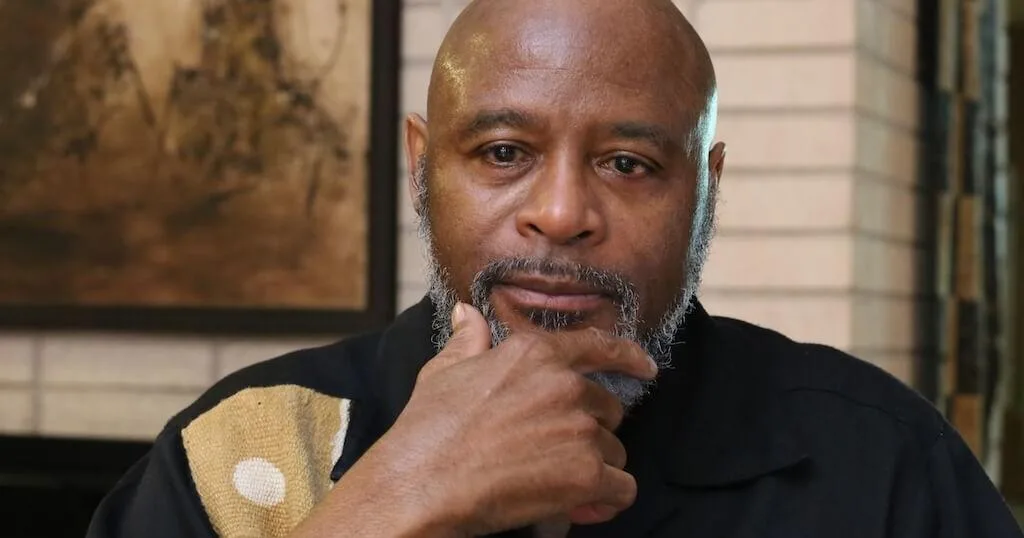
My comrade, Lou Turner signs his emails “Ona move.” Lou’s signature signoff literally means movement, to be physically active. Specifically, but also more broadly, the phase refers to travel, to migration.
In this latter sense, Lou’s motto substantively summarizes the African American sociohistorical experience. Our experience as a people can be fruitfully understood as a series of often world consequential migrations. Africans were violently transported to the Americas by the European Slave Trade (1619-1860). Enslaved Black folks were forcibly relocated from the Atlantic seaboard westward by the Domestic Slave Trade (1820-1860). The Underground Railroad (1780s-1860). The Exoduster movement mobilized the freedpeople to relocate to the Kansas and Oklahoma territories (1879-1881). Racial violence sparked the Great Black March West (1890-1910), the first wave of the Great Migration (1910-30) and factored into the Great Migration’s second wave (1940-1970).
To this hallowed list of Black resistance must be added a “New Great Migration,” the return of African Americans to the historic Black Belt South (Black-majority counties and those that were at least 25 percent Black in 1930) and the movement from inner cities to inner suburbs, in both the South and the North. In 1970, the percentage of Black people living in the South fell to an all-time low of 53 percent. As of 2020, it had risen to 57 percent.
The current relocations of the African American population has been occurring for about 50 years. In fact, the movement back to the South began in the late 1970s. In 1980, 876,800 Black people who were born outside the South resided there. By 2017 nearly 4.7 million did.
The latest population movements have the potential to create a new more liberatory politics for Afro-America, as the Great Migration previously did.
The Great Migration transformed African Americans in three substantial ways. In 1910, 73 percent of U.S. Black folk lived in the rural areas; by 1970, 81 percent resided in urban communities. Thus, Black folk were transformed from a rural to an urban people.
The two great migrations redistributed a significant share of the Black population to the North. In 1910, 89 percent of Black people lived in the South, but by 1970 only 53 percent did.
The first and second great migrations abolished Black folks’ confinement to agricultural labor. In 1910, 55 percent of all Black people worked in agriculture, by 1970 on 4 percent did.
Like its predecessors, the southern return and the relocation to inner suburbs are overwhelmingly responses to declining socioeconomic conditions, political repression, as well as pursuit of places that offer better conditions and greater opportunities.
During and after the 1980s, deindustrialization and deproletarianization or the loss of jobs, concentrated neighborhood poverty, a seeming rise in state-sponsored violence, and mass racialized incarceration combined to make Midwestern and Northeastern cities less appealing. Additionally, White flight devastated metropolitan tax bases, and the turn to neoliberalism smashed the hopes generated by the new Black-led municipal governments.
Simultaneously, the South became more attractive as it underwent an industrial revolution and a social and political renaissance spurred by the Civil Rights and Black Power movements.
The most striking features of the return migration are its class composition, top destination states and cities, and the ethnic composition of the destination areas.
The South is a much greater lure for African Americans than Whites. Young college-educated African Americans comprise a disproportionate share of Black migrants to the South. And Black migrants relocate to metropolitan areas such as Atlanta, Dallas, Charlotte, Houston, and Orlando with dense Black populations. Except Orlando, these cities are all located in the historic Black Belt South.
The explosion of Black-majority places is the other component of the “New Great Migration.” The growth of Black majority villages, towns, cities and metropolises represent a phenomenal shift in Afro-America’s geography and demography.
One consequence of the New Great Migration to the South and to the suburbs is the emergence of Black-majority counties. Between 2000-2018, the number of Black-majority counties increased from 65 to 72. All are in the Black Belt South.
However, the most significant gains in Black-majority places occurred in small places — villages and towns. The number of Black-majority places grew from 460 in 1970 to 1401 in 2020. A fifth of the Black population or nine million Black people live in Black majority-places. Almost all of which are also located in the historic Black Belt. However, a significant number are in the Northeast, Midwest and Florida.
Both southern and suburban Black migrants are moving to Black-majority places or locations with a large number and significant percentage of Black people. This is occurring organically but should be made intentional.
Historically, we have consciously organized several migrations. The Exodus and the Great Black March facilitated the building of more than 100 all-Black towns. In the 1890s, Edward P. McCabe organized migration to Oklahoma with the intent of making it a Black majority state. In the 1970s, former executive director of the Congress of Racial Equality (CORE) Floyd McKissick advocated a similar strategy. But he upped the ante to three or four southern states. New York Times columnist Charles Blow makes such a proposal in The Devil You Know (2021).
Blow offers young Black folk “a grand generational undertaking.” A mission to build a conscious coordinated movement back to the Black Belt South.


